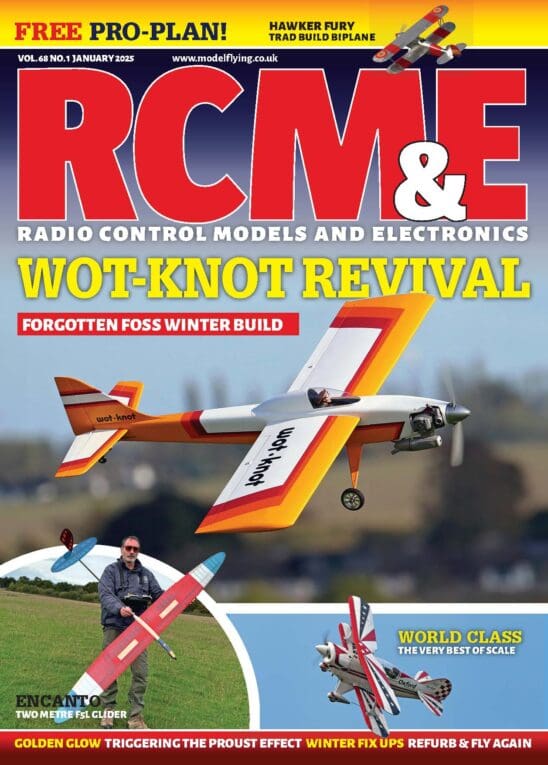The Silverlit Picoo Z helicopter has been quite a phenomenon, notching up sales figures that are the envy of the mainstream R/C manufacturers and spawning a squadron of clones. Now, whether you call ‘em toys or not, there’s no doubt that these little models are an enjoyable diversion and the Palm-Z is tipped to be the runaway seller this year.
Packaged with a little transmitter, spare rudder, wing repair tape and a wall hanger, the 8” span foam pusher-bipe weighs under 10g and is powered by a tiny Li-Po. The charge time is 10 minutes, from which flight times of 4 – 5 minutes can easily be enjoyed.
Pop four AA batteries in the transmitter, place the Palm-Z on the docking cradle moulded on the Tx fascia (see pic), flick the switch to charge, and when the green light goes out she’s ready to fly.
 Recharging on the transmitter dock
Recharging on the transmitter dock
Enjoy more RCM&E Magazine reading every month.
Click here to subscribe & save.
Flight controls are now pretty standard for models of this type, indeed the Palm-Z is designed so that the proportional throttle on the left controls height, while a tiny rudder actuator does the steering. This latter control is an on / off, ‘all or nothing’ function rather than proportional, although that’s hardly a surprise at this price point.
At just over 1cm long the motor is tiny, although the noise generated by the nylon gears driving the 6.4mm prop is surprisingly apparent.
We watched the model flying at Nuremburg where a friendly demonstrator stalled a pre-production model across a room despite our best attempts to explain how the flying qualities could be improved with the addition of a little nose weight.
We assumed this would have been tweaked on production models, but it didn’t appear to be the case with ours although Dave Rawlings at Flying Toys assures us that newer versions are improved. So, take our advice and add a little weight to the nose (enough to provide a shallow glide) before the first flight. Be careful not to push a pin into the nose by way of balancing. You’ll almost certainly puncture the little Li-Po battery which is an occurance best avoided.
With this little adjustment complete the model should fly straight and level. It’s easy to keep the Palm-Z in the air with minor adjustments of throttle and, after a few flights, the number of rudder blips you’ll need to add for a smooth turn becomes second nature.
With such a lightweight foam construction you’ll be pleased to hear the model seems to survive most bumps without a scratch – it is made from Elapor after all!
 Here’s our office hack suitably adjusted
Here’s our office hack suitably adjusted
The more we’ve flown the Palm-Z, the more we’ve tried to coax what I’d describe as a very controlled and precise flight pattern – in the process we’ve probably gone beyond what could be reasonably expected from the ‘toy’ design specification. We’ve noticed a slight tendency to turn to the left so we’ve added a trim tab on the starboard wing which has helped smooth things out. That’s us of course, yours may be different.
Totally harmless and terrific fun, a lunchtime flight in the office is now a practical reality. I’m sure the hangar will be full of Palm-Zs at the Barkston ‘Nats’ evening indoor sessions in a few weeks time!




